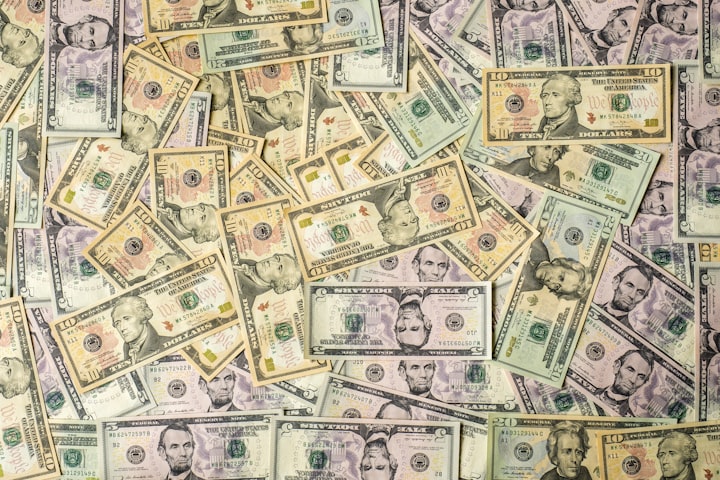
Introduction
For many years, the United States dollar, sometimes known as the USD or just the dollar, has served as a representation of economic might and international clout. A strong economy, political stability, and tactical foreign alliances have all supported its ascent to become the top reserve currency in the world. In this article, we examine the historical development of the global financial system, its crucial position in the financial system at large, and the factors that have contributed to its ongoing strength.
Historical Background and Emergence
The 1944 Bretton Woods Agreement is where the US dollar's historical roots and development can be found. This agreement made the US dollar the gold-backed anchor currency in the global monetary system. Other currencies have fixed exchange rates when compared to the dollar.
The United States' status as the greatest economy in the world, its stable political structure, and the dollar's widespread usage in international trade all had a role in the decision to make it the system's main currency.
But in 1971, President Richard Nixon halted the US dollar's ability to be converted into gold in response to economic pressures, abolishing the Bretton Woods system and instituting a floating exchange rate regime.
The US dollar maintained its hegemonic status as the world's reserve currency notwithstanding the move away from the gold standard. Its long influence was aided by its stability, liquidity, and the robust US economy. The US dollar is now widely used as a reserve currency by central banks and as a benchmark for commodities in international trade.
The Nixon Shock and Floating Exchange Rates
However, in the early 1970s, the fixed exchange rate system started to fall apart. The Nixon Shock occurred in 1971 when the US government, led by President Richard Nixon, banned the dollar's ability to be converted into gold due to growing trade imbalances and an overvalued currency. This action signaled a movement to a floating exchange rate system, in which currency values changed in response to market forces.
The Reserve Currency Status
The US dollar continued to reign supreme as the world's reserve currency notwithstanding the collapse of the gold standard. To support global trade and stabilize their economies, central banks and governments around the world kept sizable dollar reserves. Due to its unique status, the United States was able to benefit from cheaper borrowing costs and more convenient international trade in commodities and services.
Economic Factors and Global Influence
The US dollar continues to rule the world economy due to some causes. The strength of the American economy, which is distinguished by its innovation, entrepreneurship, and various industries, comes first and foremost. Confidence in the dollar is further supported by the US political system's stability as well as the Federal Reserve's independence.
The extensive network of alliances and trade deals, like NATO and NAFTA, also strengthens the dollar's influence around the world. Dollars are the currency of choice for oil deals, which increases their power. Investors from all over the world looking for steady returns and portfolio diversity are drawn to the robust and liquid financial markets of the United States, which are centered on Wall Street.
Challenges and the Future
Despite the US dollar's seeming invincibility, threats to its authority have surfaced. The prospect for a multipolar currency system has come up in debates due to the growth of emerging economies like China. In addition, the emergence of cryptocurrencies and central banks' investigation of digital currencies open up new channels for trade.
Conclusion
The history of the US dollar is one of tenacity and universal influence. The direction of the international economy in the years to come will be determined by its capacity to adapt and hold onto its position as the top reserve currency as it continues to navigate through geopolitical changes and technological breakthroughs.
About the Creator
Rio sloth
Enjoy the life. Learn Everything. Read daily, improve your knowledge.






Comments
There are no comments for this story
Be the first to respond and start the conversation.